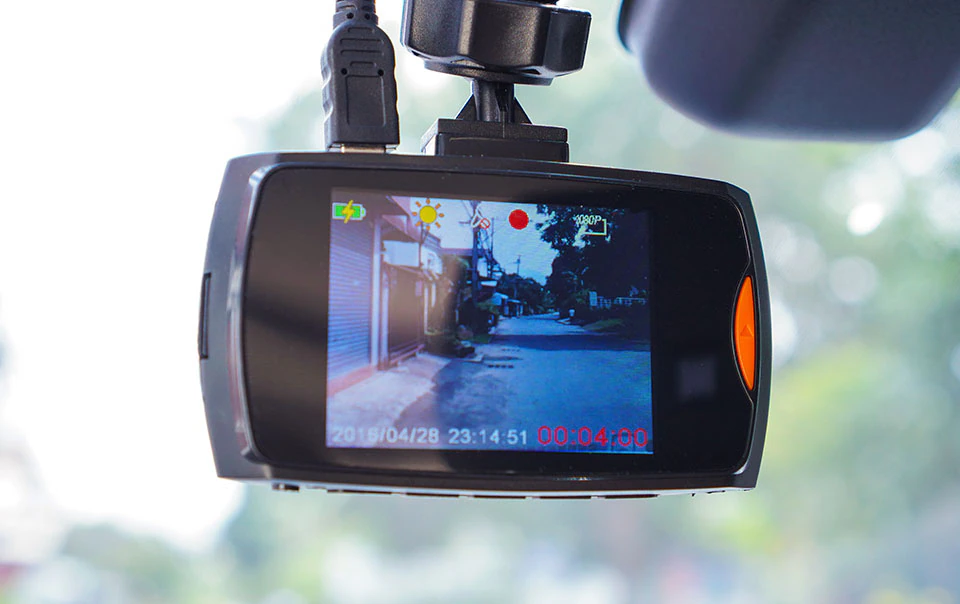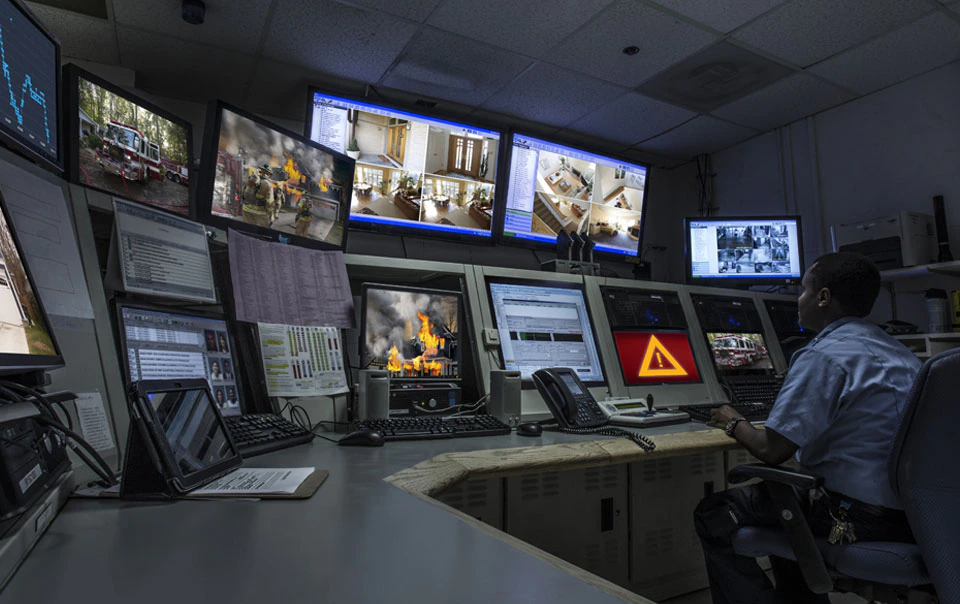Managing Video and Social Media Policies for Law Enforcement Organizations


Videos have become a fixture of modern life, from a bank’s security camera to a bystander’s smartphone at a fire scene. Increasingly, this video footage is being shared on social media sites and used as evidence in court cases involving law enforcement agencies, their officers and security personnel. Developing social media and video policies and conducting regular training can help public safety departments understand the benefits and risks.
For law officers, video footage and social media can be an asset. The use of body-worn and dashboard cameras can support their work in the community by objectively capturing an event as it occurs, adding transparency to their interactions. Rather than relying on third-party camera footage, a public safety department’s video footage can offer a near real-time account of an incident. It can help provide a legal defense by showing that officers performed their duties properly.
Developing a comprehensive approach to video and social media
Social media also presents new considerations as part of an overall communication strategy for law enforcement. Sharing videos, photos and other content on social media can show the public the positive work that the department is performing in the community. Developing a comprehensive approach to video and social media can help create a consistent policy for camera use and posting information.
Here are five tips to help manage the benefits and risks of social media and video for your law enforcement organization.
- Develop a body-worn camera policy. Having a detailed policy that outlines how, when and why body-worn and dashboard cameras and other recording devices will be used can help establish a consistent standard across the department. The policy should uphold any local policy requirements as well as city or state law related to body-worn camera footage. To be effective, this training should cover common concerns, including citizen privacy, officer privacy, logistics, challenges in communicating with citizens and the potential consequences for failing to adhere to the camera policy.
- Train officers on response to citizen filming. In addition to body-worn and dashboard cameras, departments should also address situations in which civilians record an incident. The training should include how the officer can appropriately respond to being recorded. Past camera footage can also offer valuable training opportunities for officers, highlighting effective responses to various situations. Officers should be trained to act in the same appropriate manner regardless of whether cameras are rolling.
- Establish a social media policy. In addition to a department social media presence and policy for sharing information with the community, create a policy around social media accounts for public safety employees. If a law enforcement officer chooses to maintain or participate in social media activity or on social networking platforms while off duty, consider developing guidelines or rules to make sure that he or she reflects positively upon the agency and its mission. Provide instruction to officers on the potential consequences of social media participation, such as the potential for the officer’s social media posts to be presented in a court case where he or she is a witness or a defendant.
- Remind officers that they are representatives of the department at all times. Officers should be prepared to be recorded at any time, whether or not they are in uniform or on duty. Discuss strategies for responding to being recorded by members of the public.
- Learn from other cases. With assistance from legal counsel, review other court cases that involve security and law officers and video and social media evidence. Determine if existing policies and training procedures need to be updated based on recent legal decisions or pertinent related community relations matters. Update training policies as new social media platforms and techniques emerge.
Establishing clear policies and training staff both initially and periodically about video and social media best practices can help public safety officers promote both their own and their department’s reputations and professionalism, which can help grow trust with the community. Training can also help officers better understand the potential benefits and risks posed by video recording and social media activity.



